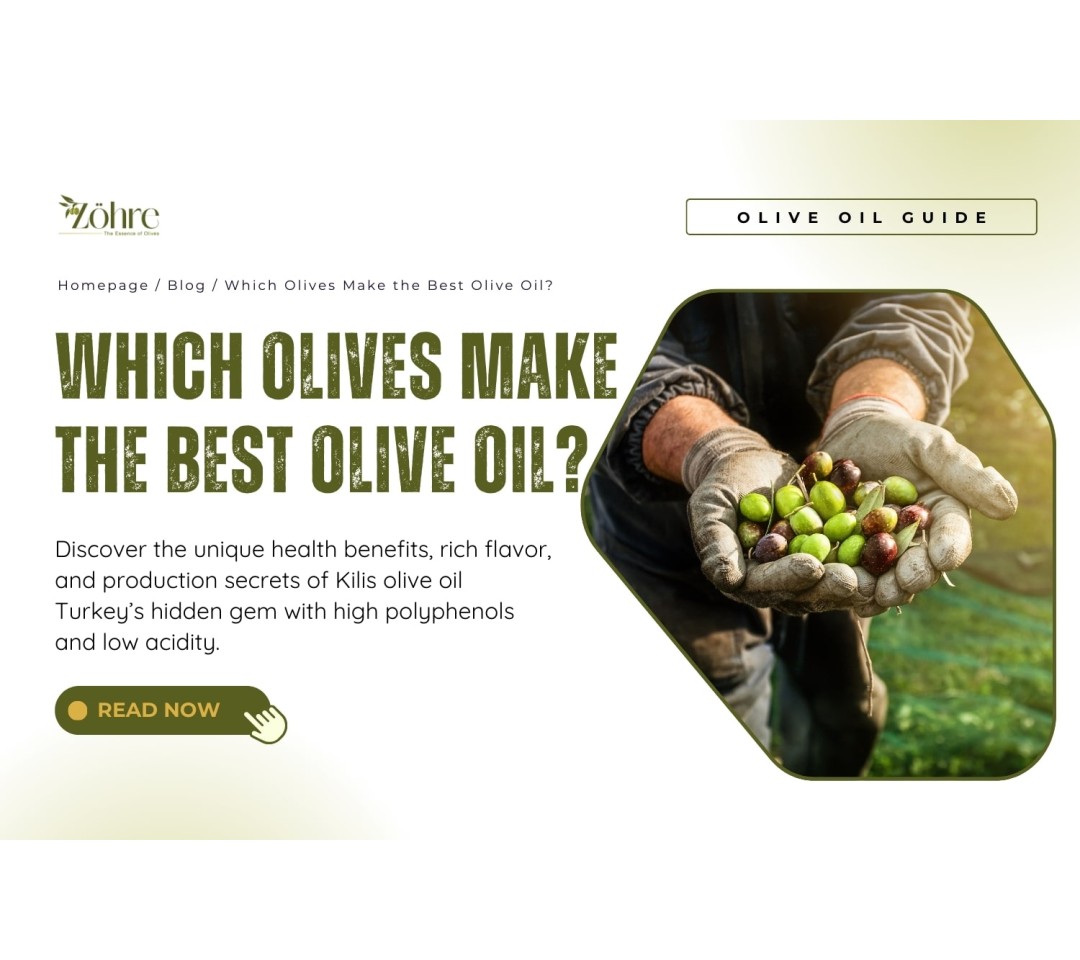What to Look for When Buying Olive Oil?
Olive oil is not only a cornerstone of healthy eating but also a fundamental flavor in many traditional cuisines. However, to experience true quality, it’s essential to know what to look for when buying olive oil. Today, store shelves are filled with countless options, but not all olive oils are produced through the same process or meet the same quality standards. That’s why choosing the right product is vital—both for taste and for your health.
When selecting olive oil, factors such as the type of oil, production method, label information, and packaging quality should all be considered. From mild, specially formulated oils for children to bold, aromatic options produced using traditional stone-press methods, each type serves a different purpose. In this article, we explore all the important details to help you choose a trustworthy and high-quality olive oil.
Type of Olive Oil to Purchase
Before choosing olive oil, you should know what you’ll be using it for. Each type of olive oil has different flavors and ideal uses. Here’s what to know about some popular varieties:
- Olive Oil for Children: Specially formulated for kids, these oils have a low acidity and a mild, smooth flavor. They’re ideal for sensitive palates and can be safely consumed to support the immune system.
- Stone-Pressed Olive Oil: Produced using traditional stone mills at low temperatures, stone-pressed olive oils have an intense aroma. Due to their limited production, they’re prized by those seeking natural and nostalgic flavors.
- Early Harvest Olive Oil: Made from olives picked while still green and not fully ripened, these oils are rich in antioxidants (polyphenols). With a bold and slightly bitter taste, they are the top choice for health-conscious consumers.
- Extra Virgin Olive Oil: This is the highest quality olive oil, with an acidity below 0.8%. It delivers a fruity flavor, a subtle peppery finish, and a fresh sensation. It’s perfect for breakfasts, salads, or direct consumption.
- Virgin Olive Oil: With an acidity between 0.8% and 2.0%, this oil can be used in both cooking and salads. It’s a budget-friendly option that still maintains its natural qualities.
Label and Certifications
Some of the most critical information about olive oil quality is hidden in the small details on the label. Always read the product label carefully.
- Acidity Level: A good extra virgin olive oil should have an acidity of 0.8% or lower.
- Production Date: Check the production date to ensure freshness. Prefer oils from the latest harvest.
- Cold-Pressed: Especially in early harvest and stone-pressed oils, this indicates preserved nutritional value.
- Certifications: Geographic indications or organic farming certifications provide assurance of the oil’s origin and quality.
Packaging and Bottling
Olive oil is highly sensitive to light and heat, so the right packaging is essential to maintain its freshness and nutritional value.
- Dark Glass Bottles: Protect the oil from light and help preserve freshness.
- Tin Cans: Ideal for bulk purchases if stored properly.
- Avoid Plastic Bottles: Long-term storage in plastic can alter the oil’s chemical composition.
Origin and Production Process
A high-quality olive oil should provide clear, transparent information about the region where the olives were grown and how the oil was produced. Key points to consider:
- Prefer locally produced oils made from olives grown in a single region.
- Traditional, labor-intensive methods such as stone pressing or early harvesting typically result in higher-quality oils.
Taste, Aroma, and Color Assessment
One of the most natural ways to evaluate a real extra virgin olive oil is by using your senses.
- Taste: A good olive oil leaves a fruity and slightly bitter sensation in the mouth.
- Aroma: You should detect natural scents such as green olives, fresh grass, or almonds.
- Color: Can range from green to golden yellow. However, color alone does not indicate quality.
Price vs. Authenticity Balance
Authentic extra virgin or early harvest olive oils are costly to produce and thus will not be found at very low prices.
- Be wary of products sold at unusually low prices.
- Cheap olive oils are often blended or of lower quality.
Choosing a Trusted Brand or Seller
Buying olive oil from a reliable brand like Zöhre or directly from the producer has significant advantages.
- Prioritize brands that are transparent about their production process and offer quality certifications.
Conclusion
Olive oil not only enhances your meals but is also a key component of a healthy lifestyle. However, to reach true quality, you must know what to look for when buying it. From the type of product to label details, from packaging to the production process, many factors play a role. Whether you’re choosing specially formulated oils for children, intensely flavored stone-pressed options, or antioxidant-rich early harvest varieties, it’s essential to select the one that best suits your needs and intended use.
Moreover, buying from reliable producers and brands supported by production and quality certifications ensures you make the healthiest choice. Examining critical label information such as acidity level, cold-pressed indication, and production date, along with choosing packaging that resists heat and light, are essential parts of the olive oil experience.
Remember, a good olive oil positively affects not only your taste buds but your overall health as well. Making informed decisions and understanding what to look for when buying olive oil will add long-term value to both your table and your quality of life.






Comments
Write a comment